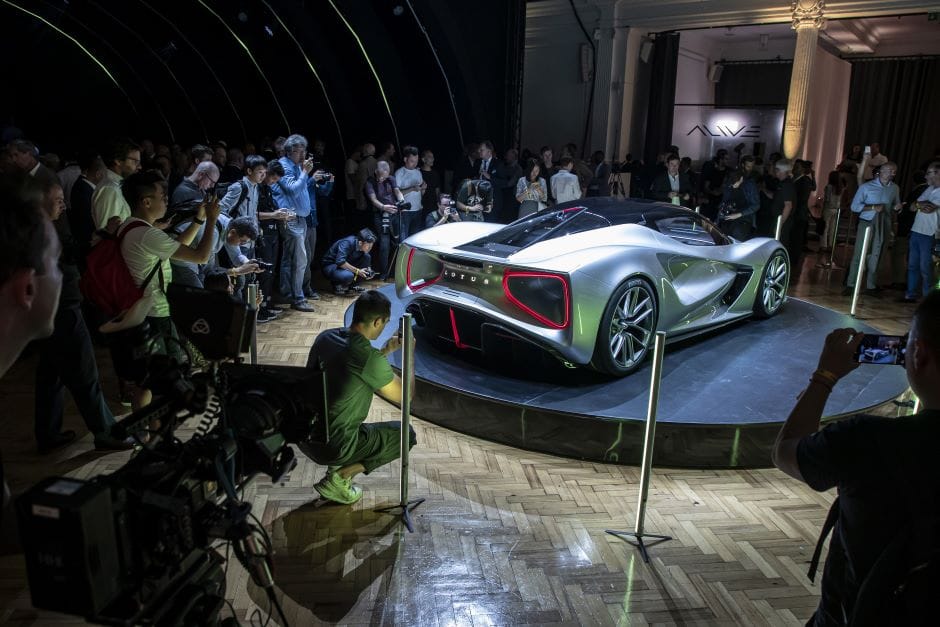Lotus unveils first all-electric British hypercar
UK sports car manufacturer Lotus has unveiled the Evija, a vehicle claimed to be the the lightest and most powerful pure electric hypercar ever to go into series production.


The first new model from the group since China’s Geely Auto took a controlling stake in 2017 the vehicle, which has a target output of 2000PS and 1,700Nm of torque, has been designed and engineered in the UK and will be produced at the firm’s headquarters in Hethel, near Norwich.
The car – which is capable of 0-62mph (0-100km/h) in under three seconds and has a top speed of more than 200mph - is the first Lotus road car to feature a one-piece carbon fibre monocoque chassis and also the first to feature an electrified powertrain.
Developed by Williams Advanced Engineering, the engineering services arm of the prominent racing team, the 2,000kW lithium-ion battery pack is mid-mounted immediately behind the two seats and supplies energy directly to four powerful e-motors. Power is fed from the battery pack to a bespoke in-line axial arrangement of two high-power density e-motors.
Register now to continue reading
Thanks for visiting The Engineer. You’ve now reached your monthly limit of news stories. Register for free to unlock unlimited access to all of our news coverage, as well as premium content including opinion, in-depth features and special reports.
Benefits of registering
-
In-depth insights and coverage of key emerging trends
-
Unrestricted access to special reports throughout the year
-
Daily technology news delivered straight to your inbox










Water Sector Talent Exodus Could Cripple The Sector
Maybe if things are essential for the running of a country and we want to pay a fair price we should be running these utilities on a not for profit...